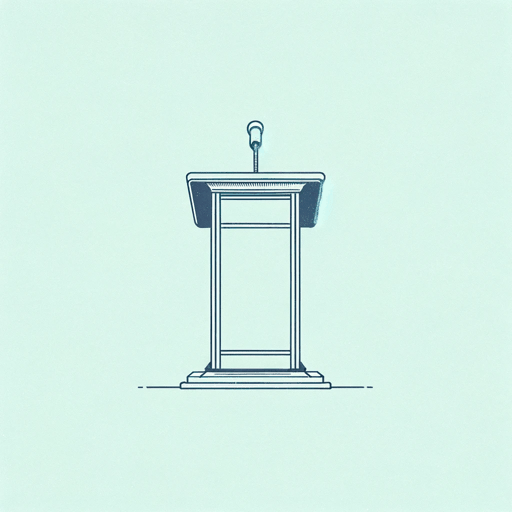57 pages • 1 hour read
Jeffrey Zaslow, Randy PauschThe Last Lecture
Nonfiction | Essay / Speech | Adult | Published in 2008A modern alternative to SparkNotes and CliffsNotes, SuperSummary offers high-quality Study Guides with detailed chapter summaries and analysis of major themes, characters, and more. For select classroom titles, we also provide Teaching Guides with discussion and quiz questions to prompt student engagement.
Summary
Section 1, Chapters 1-3
Section 2, Chapters 4-5
Section 2, Chapters 6-7
Section 2, Chapters 8-11
Section 3, Chapters 12-15
Section 3, Chapters 16-19
Section 3, Chapters 20-22
Section 4, Chapters 23-24
Section 4, Chapters 25-27
Section 5, Chapters 28-31
Section 5, Chapters 32-34
Section 5, Chapters 35-37
Section 5, Chapters 38-40
Section 5, Chapters 41-45
Section 5, Chapters 46-50
Section 5, Chapters 51-55
Section 5, Chapters 56-58
Section 6, Chapters 59-61
Key Figures
Themes
Symbols & Motifs
Important Quotes
Essay Topics
Summary and Study Guide
Overview
The Last Lecture, published in 2008, is a best-selling memoir that repurposes the final lecture delivered by Randy Pausch, a computer science professor at Carnegie Mellon University. The book, which was co-authored with Wall Street Journal columnist Jeffery Zaslow, fleshes out Pausch’s lecture, delving into the background behind the speech and detailing the months after its delivery, ultimately becoming a record of Pausch’s life. He admits that “under the ruse of giving an academic lecture, [he] was trying to push [himself] in a bottle that would one day wash up on the beach of [his] children” (x).
Pausch was diagnosed with pancreatic cancer in September 2006. Despite aggressive treatment, in August 2007 Pausch’s doctor gave him a terminal diagnosis of three to six months. Pausch partnered with Carnegie Mellon to deliver this last lecture a month later, in September 2007. Since it was filmed and posted on YouTube, Pausch’s last lecture has been viewed over 17 million times.
The Last Lecture is divided into six sections, with short chapters centered on specific life lessons that Pausch learned over the years. The first section is comprised of three short chapters that cover his decision to give a final lecture and the early logistics of putting the talk together.
Section 2 explores Pausch’s childhood and adolescence, namely his relationship with his parents and the enduring lessons he learned from them, particularly those about encouraging children to exercise their imaginations. It also honors Pausch’s former football coach Jim Graham, a mentor Pausch credits with teaching him how to build his confidence and self-esteem.
Section 3 fasts forward to survey Pausch’s adult years. It does not shy away from discussing the brutal reality of pancreatic cancer, the most fatal of all known cancers. It also recounts the early days of Pausch’s relationship with his wife Jai before transitioning to examine fatherhood. Pausch and Jai had three children together: Dylan, Logan, and Chloe.
Section 4 shifts to Pausch’s work with students and highlights the important lessons he tried to convey in his classroom, many of which focused on important people skills. Section 5 is the longest section, with many short chapters, each imparting an important life lesson learned in the classroom or in childhood.
The weight of Pausch’s mortality is heavy in Section 6, where Pausch engages in realistic and personal reflection about his dreams for his children and his wife. This final section becomes a love letter to his kids as he describes their unique qualities and his wishes for their future. He finishes the book contemplating the nature of his lecture, revealing to the reader that his last lecture was really a way for him to impart wisdom not only to all of us but especially to his children, for whom this book and its lessons are his final legacy.
Randy Pausch died in July 2008 at age 47, a few months after the memoir’s publication. The Last Lecture became a commercial success following his death, selling more than 5 million copies and remaining on the New York Times best-seller list until 2011. A new edition was released in 2012 with a brief reflective foreword written by Pausch’s widow, Jai.

